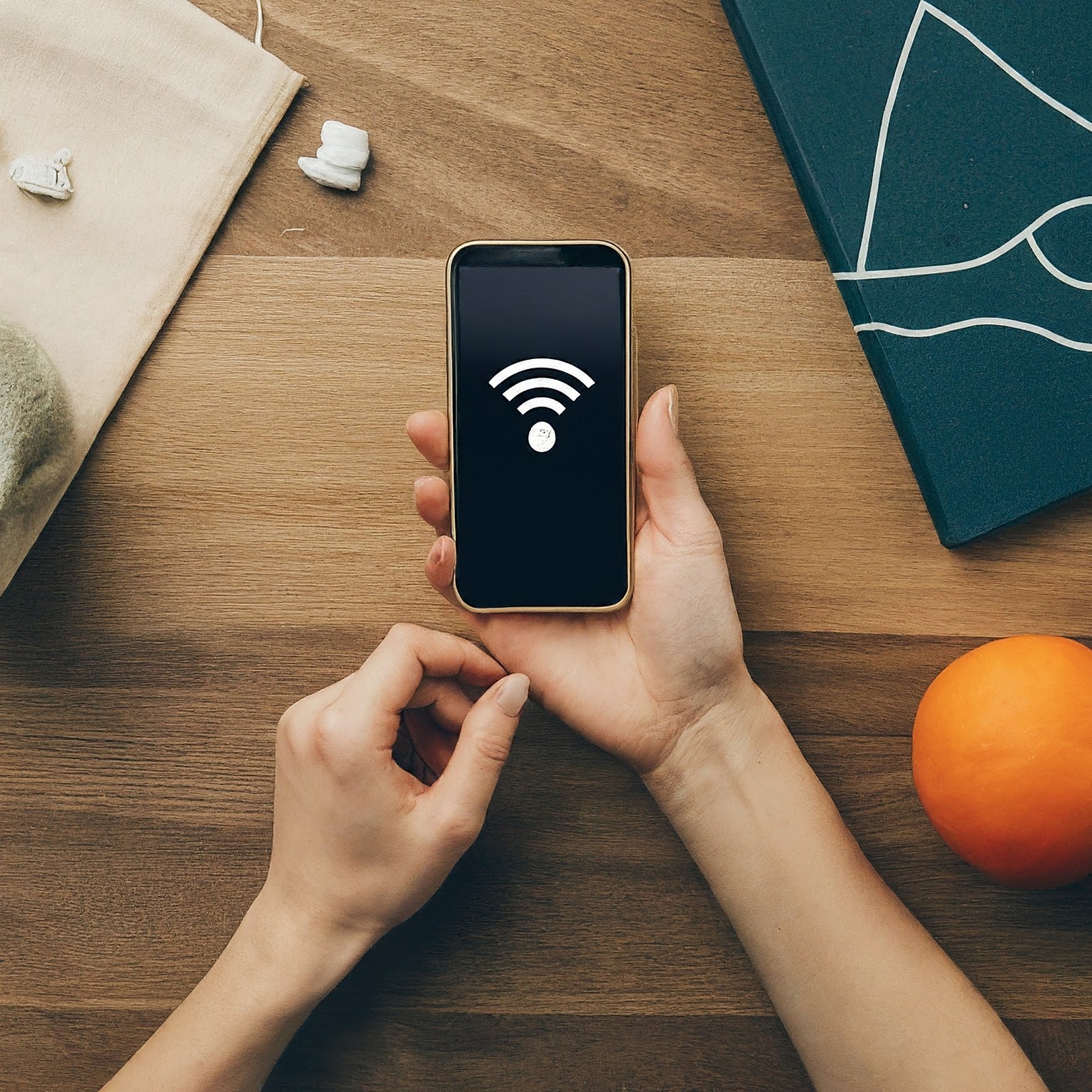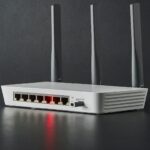In today’s increasingly connected world, reliable internet access is essential. While Wi-Fi networks are prevalent in many public places, there are instances where a stable and secure internet connection is required on the go. This is where mobile hotspots come into play, offering a convenient and versatile solution.

Understanding Mobile Hotspot Technology
A mobile hotspot is a portable device or a feature on a smartphone that creates a Wi-Fi network using a cellular data connection. This allows multiple devices, such as laptops, tablets, or other smartphones, to connect to the internet simultaneously.
Types of Mobile Hotspots
There are primarily two types of mobile hotspots:
- Smartphone Hotspots: Most modern smartphones offer the ability to create a mobile hotspot using their cellular data plan. This provides a convenient and cost-effective way to share your internet connection.
- Dedicated Mobile Hotspots: These are standalone devices designed specifically for creating Wi-Fi hotspots. They often offer longer battery life, stronger signal, and additional features compared to smartphone hotspots.
Benefits of Using a Mobile Hotspot
- Internet Access Anywhere: Enjoy internet connectivity on the go, regardless of Wi-Fi availability.
- Multiple Device Connectivity: Share your internet connection with multiple devices simultaneously.
- Emergency Backup: Use as a backup internet connection in case of Wi-Fi or cable outages.
- Business Applications: Ideal for remote work, field operations, and presentations.
How to Set Up a Mobile Hotspot
Setting up a mobile hotspot is generally straightforward:
- Check Your Data Plan: Ensure your mobile data plan allows for hotspot usage and has sufficient data allowance.
- Activate Hotspot: Locate the hotspot settings on your device and enable the feature.
- Configure Settings: Choose a network name (SSID) and password for your hotspot.
- Connect Devices: Use the hotspot’s SSID and password to connect your other devices to the internet.
Security Considerations for Mobile Hotspots
To protect your data and prevent unauthorized access, follow these security best practices:
- Strong Password: Create a complex and unique password for your hotspot.
- Encryption: Enable Wi-Fi encryption (WPA2 or WPA3) to secure your connection.
- Limit Access: Consider restricting access to your hotspot to trusted devices.
- Software Updates: Keep your device’s operating system and hotspot software up-to-date.
Optimizing Mobile Hotspot Performance
To maximize the performance of your mobile hotspot, consider the following tips:
- Cellular Signal Strength: Ensure you have a strong cellular signal for optimal hotspot performance.
- Data Usage: Monitor your data usage to avoid unexpected charges.
- Device Compatibility: Check the compatibility of your devices with the hotspot’s frequency band.
- Power Management: Optimize your device’s power settings to extend battery life.
The Future of Mobile Hotspots
As technology continues to advance, mobile hotspots are expected to become even more powerful and versatile. Emerging trends include:
- 5G Connectivity: Leveraging 5G networks for faster and more reliable hotspot connections.
- Increased Data Limits: More generous data allowances for hotspot usage.
- Dedicated Hotspot Devices: Improved performance and battery life in dedicated hotspot devices.
- Integration with Smart Devices: Seamless integration with other smart devices and IoT ecosystems.

Conclusion
Mobile hotspots have revolutionized the way we stay connected on the go. By understanding the technology, security implications, and optimization techniques, you can make the most of your mobile hotspot experience. As mobile networks continue to expand and improve, the role of mobile hotspots in our lives is likely to grow even stronger.


